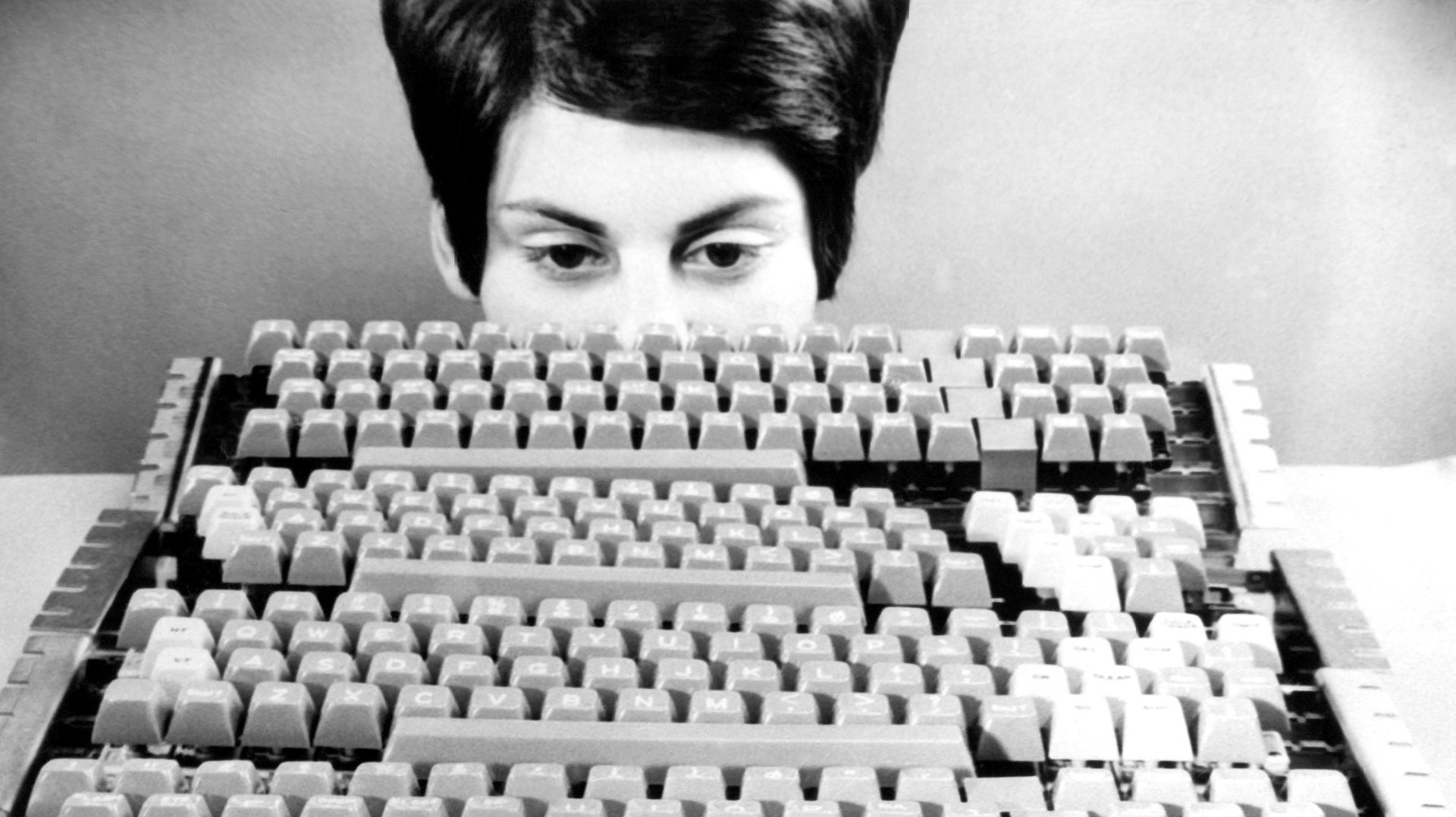Google’s new patent could turn any flat surface into a virtual keyboard
The keyboard has more or less remained unchanged from its original design at the advent of the personal computer, itself essentially an update of the typewriter keyboard. Although some companies have tried over the years to update the design, most laptops and computers—and some tablets—still sport the same space-consuming design. Google, however, may have hit on a new solution: no physical keyboard whatsoever.


The keyboard has more or less remained unchanged from its original design at the advent of the personal computer, itself essentially an update of the typewriter keyboard. Although some companies have tried over the years to update the design, most laptops and computers—and some tablets—still sport the same space-consuming design. Google, however, may have hit on a new solution: no physical keyboard whatsoever.

A new patent awarded to Google today outlines a virtual keyboard consisting of audio sensors that plug into a smartphone or tablet on a flat surface. A user would then tap on that surface as if there were a keyboard in front of them. To a passerby, it might look as if the user had gone mad, tapping away at nothing, or had found a desktop equivalent to the invisible dog leash gag. In fact, the audio sensors in the device would be picking up the user’s taps and based on the vibrations relative to the sensors, would pick up which keys the user was intending to type. The information would then appear on the screen of the device the patented idea was connected to.
While this is just a patent, and not necessarily something Google is looking to develop into a working product, it highlights the need to develop new ways to interact with our devices as they get smaller, thinner and harder to type on. This patent has an obvious shortcoming in that it would require all users to be proficient touch typers. Virtual keyboards have long been the wheelhouse of overpriced e-tchotchke stores, but Google’s patent wouldn’t require a finicky projector or a design reminiscent of Virtual Boy games.
Quartz has reached out to Google for comment on its patent and will update this post as necessary.